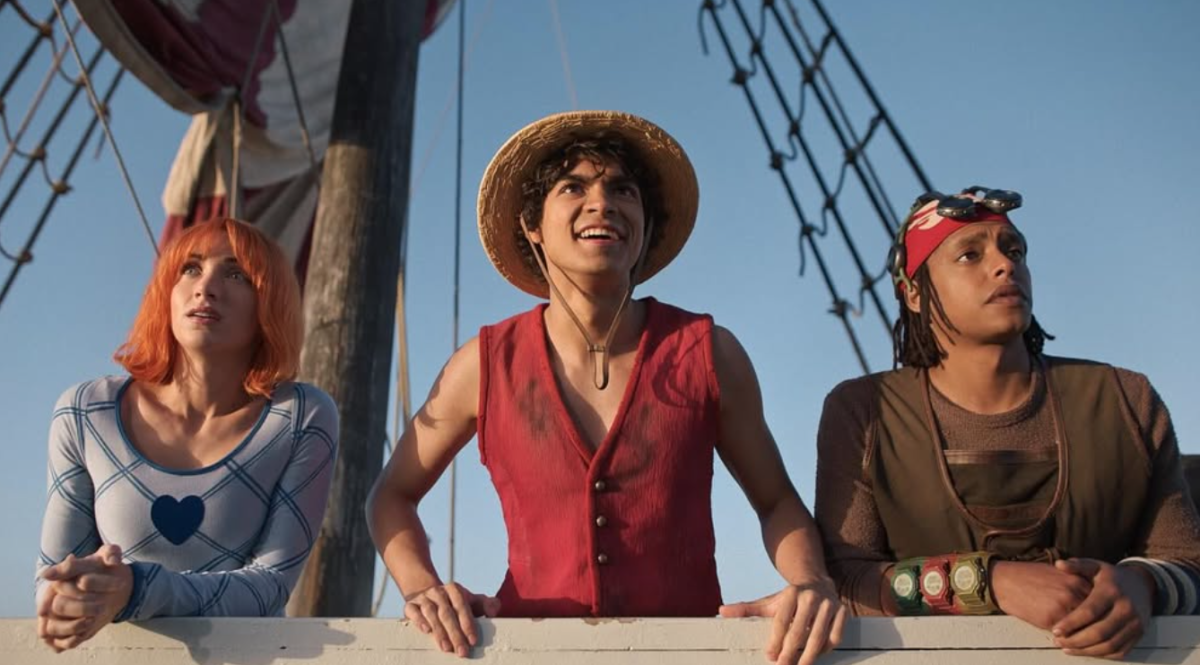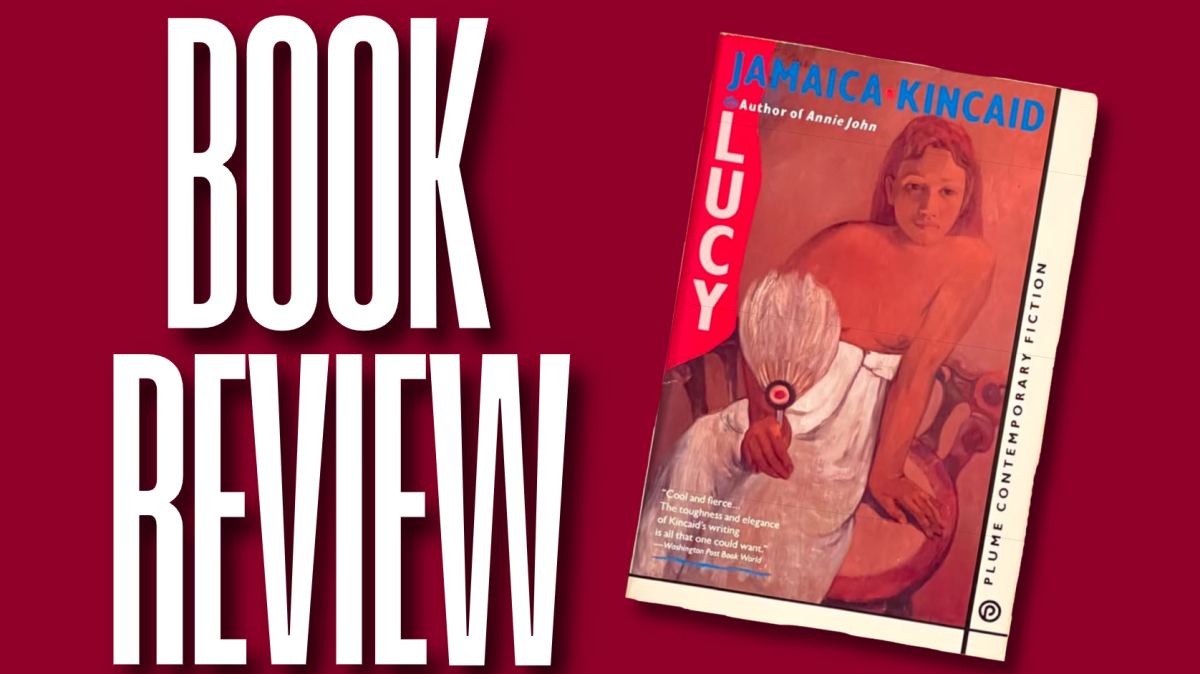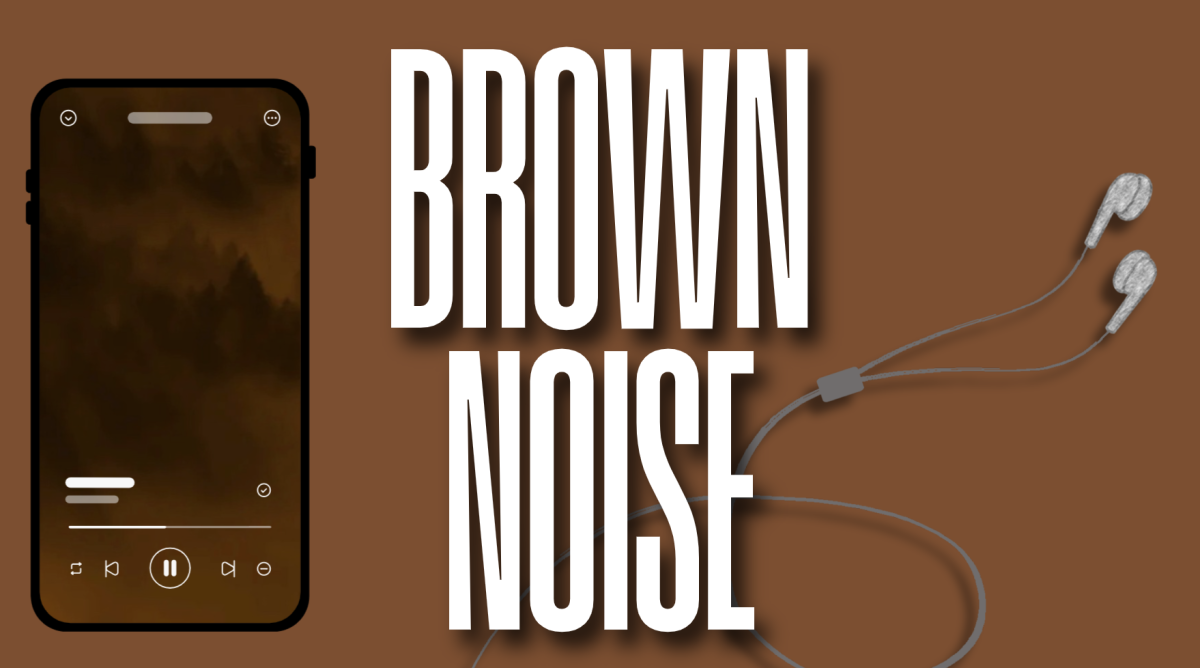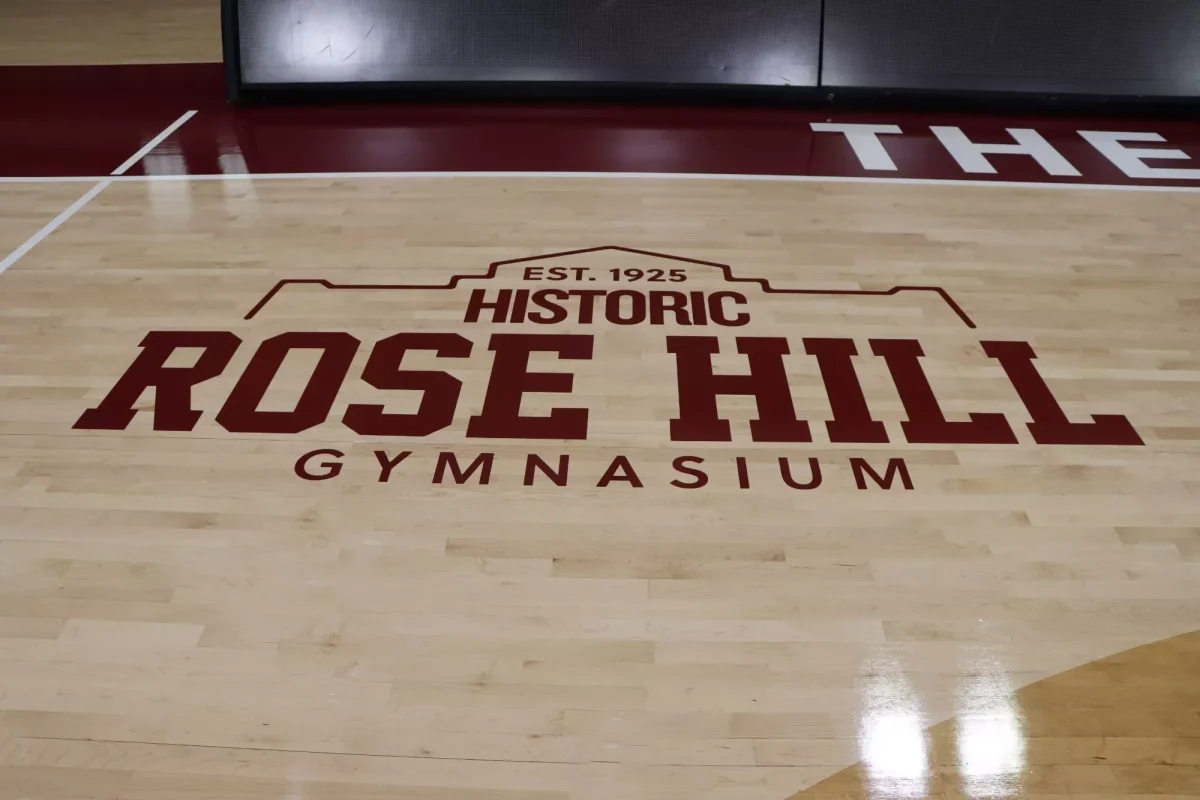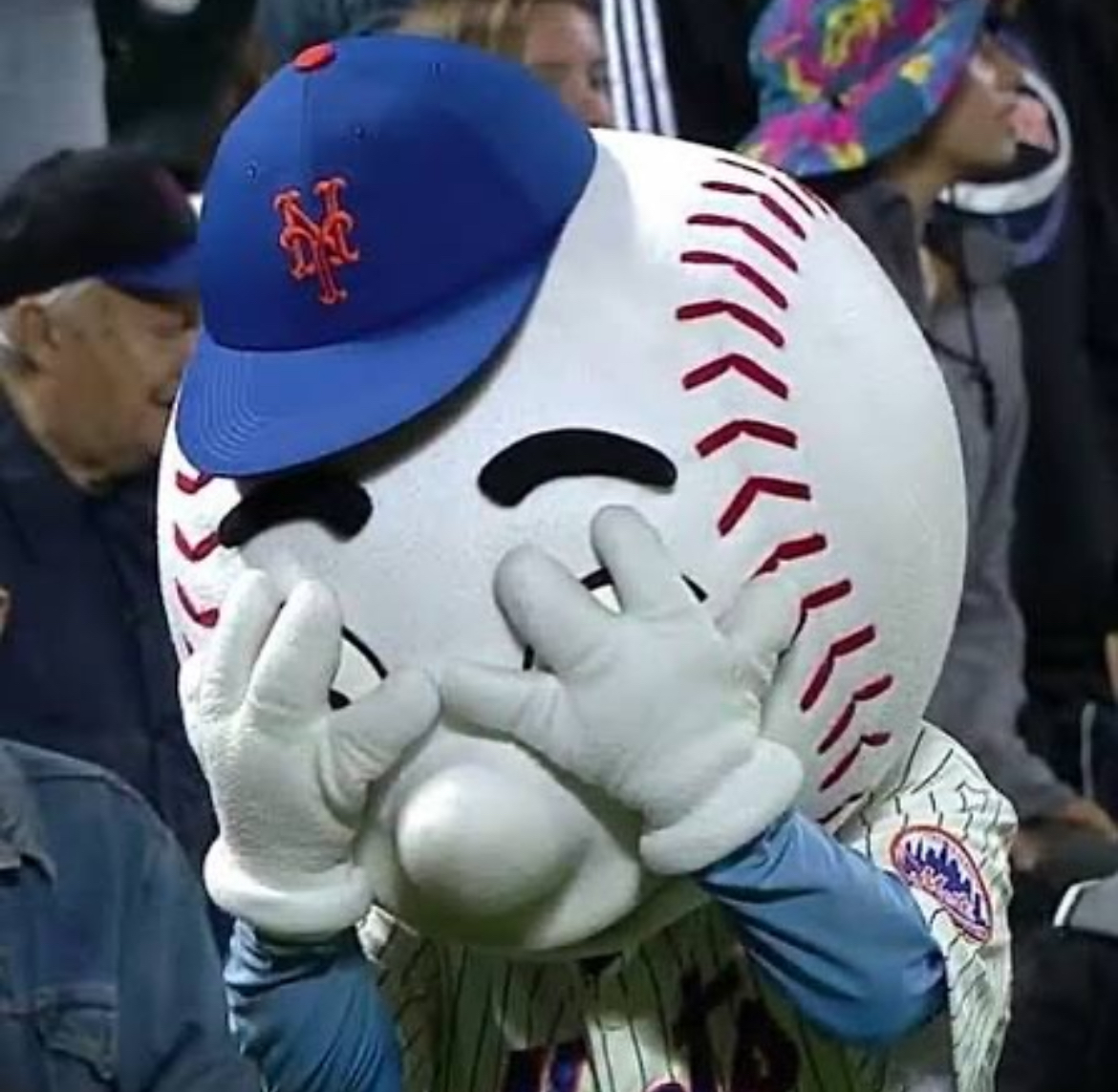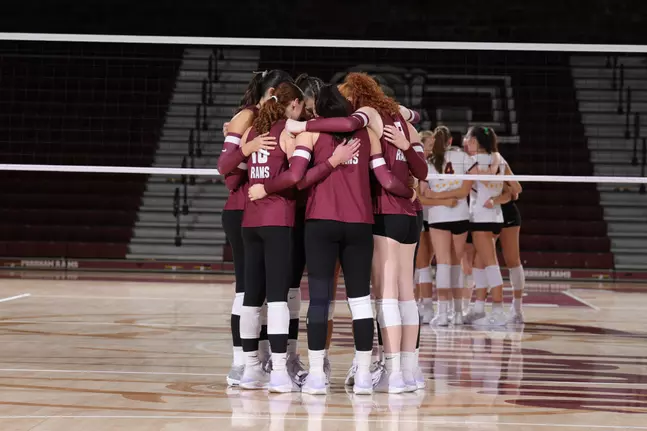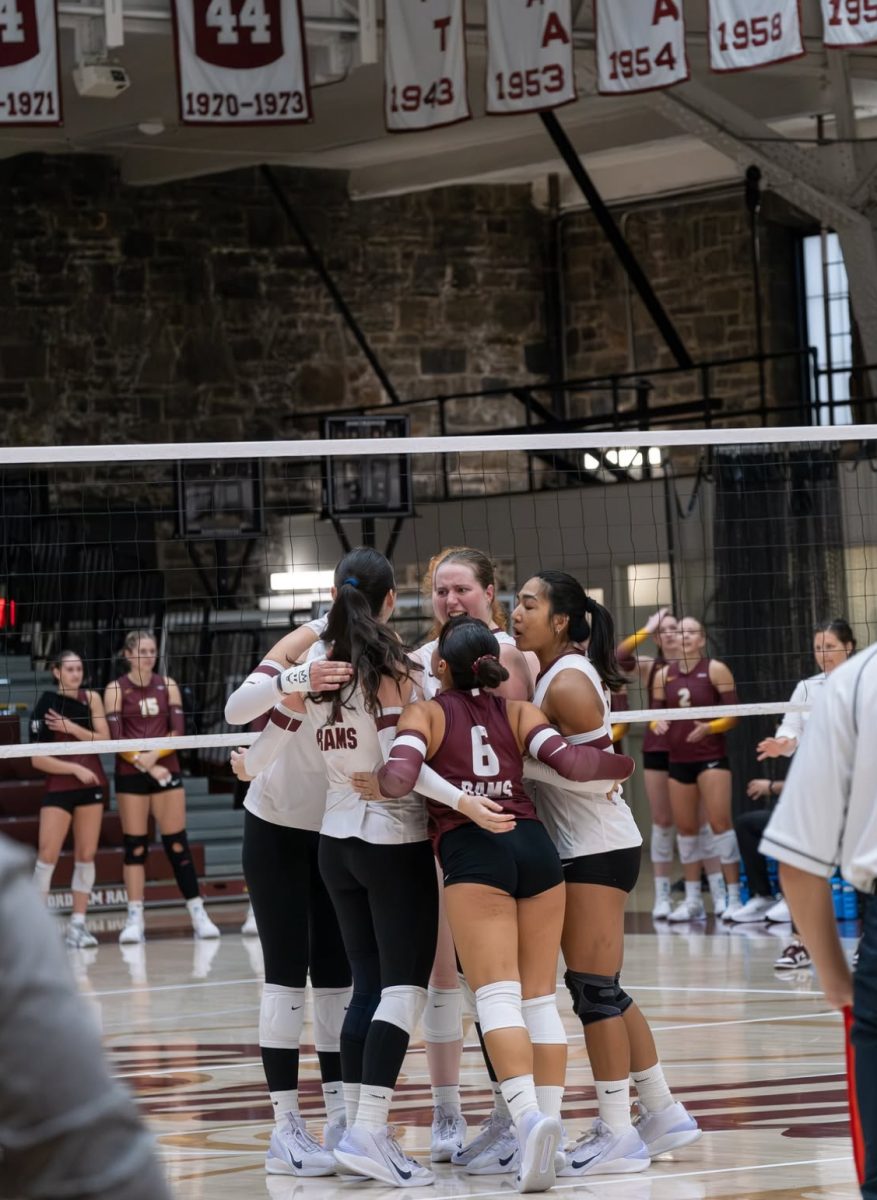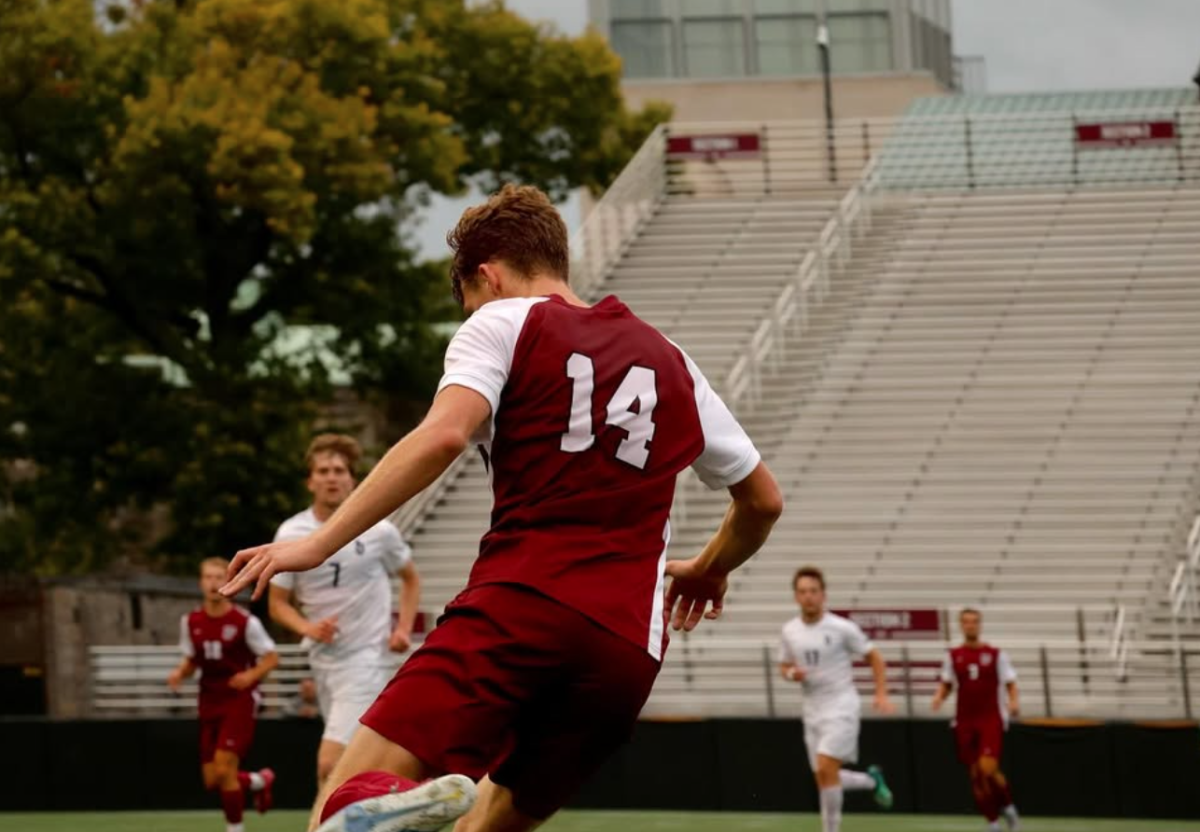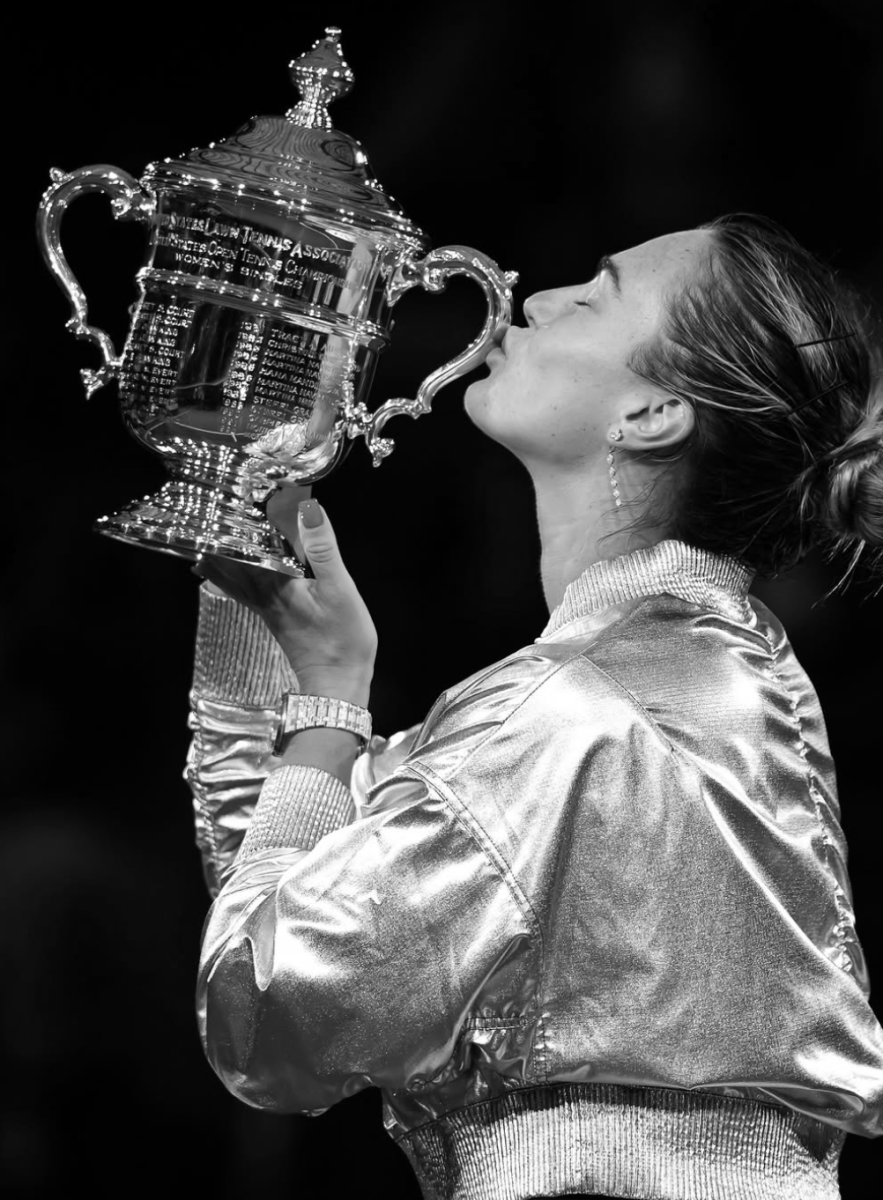By Aislinn Keely

I’m bad at binge-watching. My attention span excels at the single serve 90 to 150 minute decision of a movie rather than the continuous re-commitment that serialized shows require. When Netflix asks me if I’m still watching, the answer is usually no.
I started “American Vandal” on a whim, when the title continued to pop up in video essays on my YouTube feed and think pieces in my news feed. I clicked the first episode seated in the caf. A day later I closed my laptop shocked – I had binged.
The mockumentary genre is dominated by cult classics. “Parks and Rec,” “The Office,” “Curb Your Enthusiasm” are all pop culture giants that have garnered countless awards and belly laughs, and rightfully so. “American Vandal” sits in the same Netflix category, but off to the side in a league of its own.
Like its fellow mockumentaries, “American Vandal” has an awkward tone that leaves the viewer unsure where to laugh and where to cringe. The story follows high school sophomore and budding documentarian Peter Maldonado as he seeks to find who spray-painted 27 phalluses onto 27 teachers’ cars. Dylan Maxwell, a known delinquent, has been expelled for the vandalism, and is facing charges that amount to $100,000 in damages, making the crime a felony. Maxwell claims innocence, and Maldonado agrees to conduct an unbiased, amateur investigation into who did the doodles.
The plot is at once both high-stakes and ridiculous. Though “American Vandal’s” true crime style is farcical, the idea of a school prank gone too far feels real, and the characters Maldonado interviews and investigates throughout the season feel ridiculous in a way that is all too familiar. Characters like honor society president Alex Trimboli, avid videogamer Mackenzie Wagner and student body president Christa Carlyle embody flaws and admirable qualities that are recognizable in high schools everywhere, and perhaps recognizable in ourselves.
As the investigation unfolds, Maldonado’s queries bring out the best and the worst in the teachers and students of California’s Hanover High School. His continuous attempts to test the innocence of believed phallic vandal Dylan Maxwell prove frustrating as he learns that no one is truly reliable – a lesson that transcends comedy.
Maldonado’s frustration spills over to the audience because, at first glance, “American Vandal’s” characters seem stereotypical. It is infuriating when Maldonado’s peers fail to fit into the boxes his documentary places them in. Here, “American Vandal” takes a turn into unexpected depth. Its characters are not conflated stereotypes for us to laugh at.
They are people trying to figure out whether they fit the narrative their peers have chosen for them. Their antics are still funny. I still do impressions of Trimboli’s assertion that he was “the most drunk anyone at our high school has ever been” when he allegedly drank 11 beers at ‘Nana’s Party,’ but I do so with a slight twinge of my conscience.
As the whodunnit of Hanover High implodes in the final episodes, the show explores the effect of imposed stereotypes. Characters are forced to make a choice to cast off the identity Maldonado’s documentary has created for them, or accept the view of their peers and conform to a lifetime devoid of their complexity. The choices made are funny, awkward, incredibly gratifying and deeply disappointing.
Maldonado’s flat tone and critical thinking on the evidence and testimony allows viewers to absorb the case in true crime fashion, or laugh at its oddity. The narratives blend seamlessly, with a tone somewhere in the grey area between serious and satirical.
When Maldonado realizes that the way in which Maxwell draws a penis is radically different than the perpetrator, I’m first excited by the breakthrough before I laugh at the diagrams. “American Vandal” is a choose your own adventure, a tragic case of mistaken identity or hilarious prank explored in depth.





































